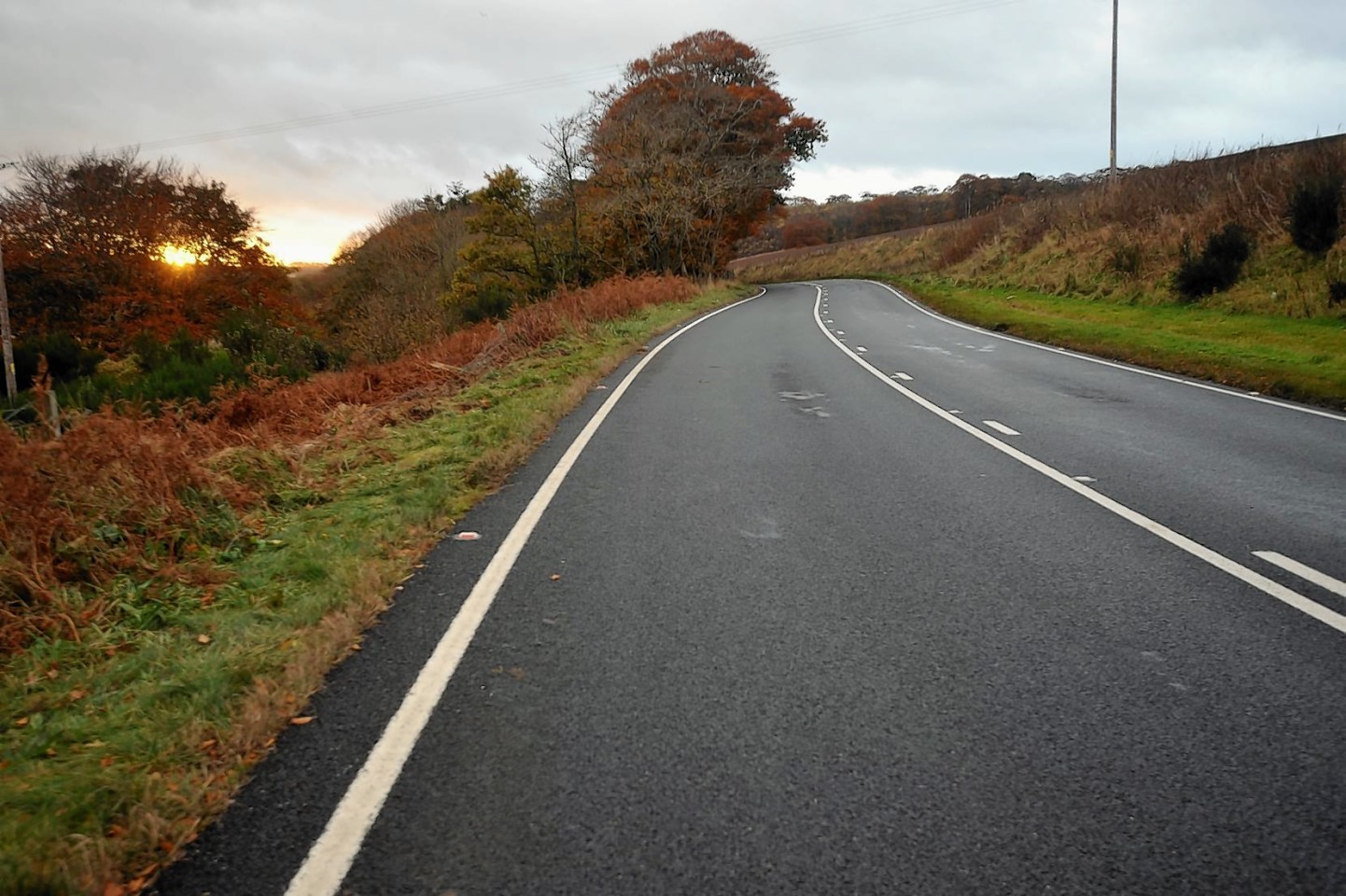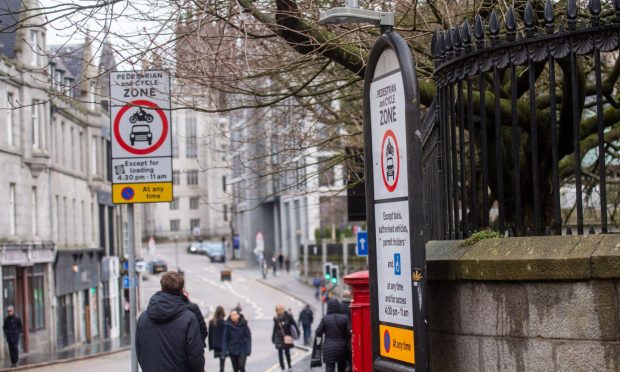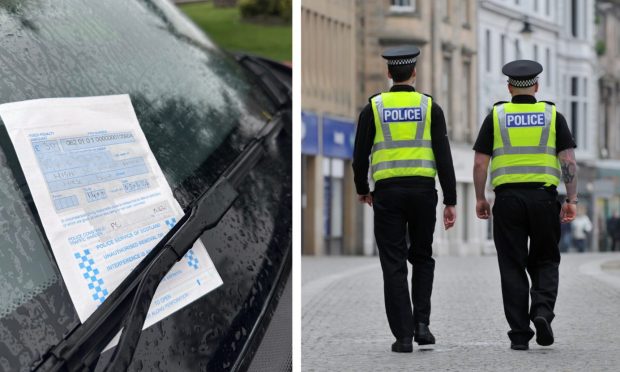Roads bosses have urged motorists to be careful on one of the north-east’s deadliest roads as the nights draw in.
The A947 Aberdeen to Banff road has been the scene of more than 20 fatal crashes since 2005, together with multiple serious crashes.
In August, 53-year-old Marek Walowski was killed when his car hit a tree outside King Edward Parish Church.
With the clocks going back later this month fresh calls have been made for motorists to be aware of even greater risks.
Engineers working on a 20-year improvement strategy for the Aberdeen to Banff route have been analysing accident statistics and driver opinion to identify trends which could help increase safety.
Before even taking poorer visibility and increased risk of frost ice and other hazards at this time of year into account, speed remains one of the main causes of crashes where people end up injured or worse.
Statistics show 18% can be attributed to vehicles driving too fast for the conditions and in 20% of accidents taking a careless risk is one of the main factors.
A third happen when it is snowing or raining and 38% when it’s dark.
More accidents leading to injury happen between 5-6pm on the route than at any other time, with the main causes shown to be excess speed, careless risk taking and aggressive driving.
The results also show that 75% accidents which led to injury on the route involved people living in the local area, people who may think they know the road and all of its risks.
And contrary to popular belief, those at greatest risk are not new drivers, but those in the 25-34 age bracket, who may think their experience or vehicle will keep them out of trouble.










